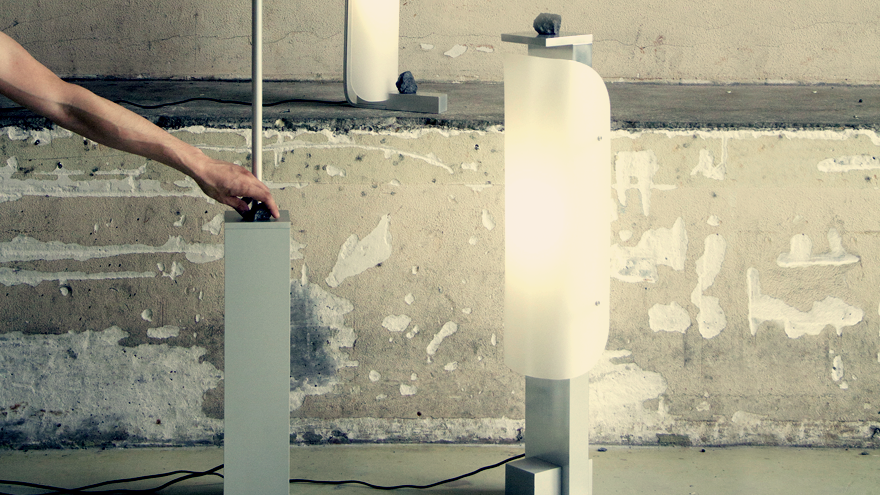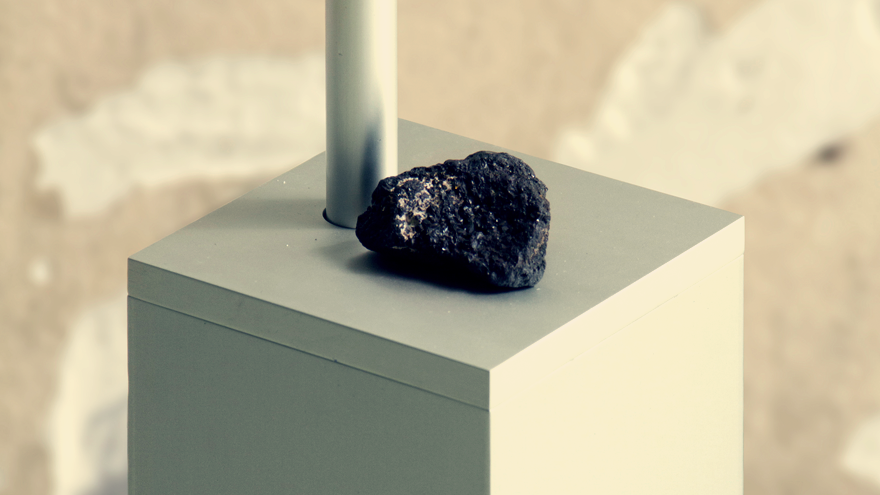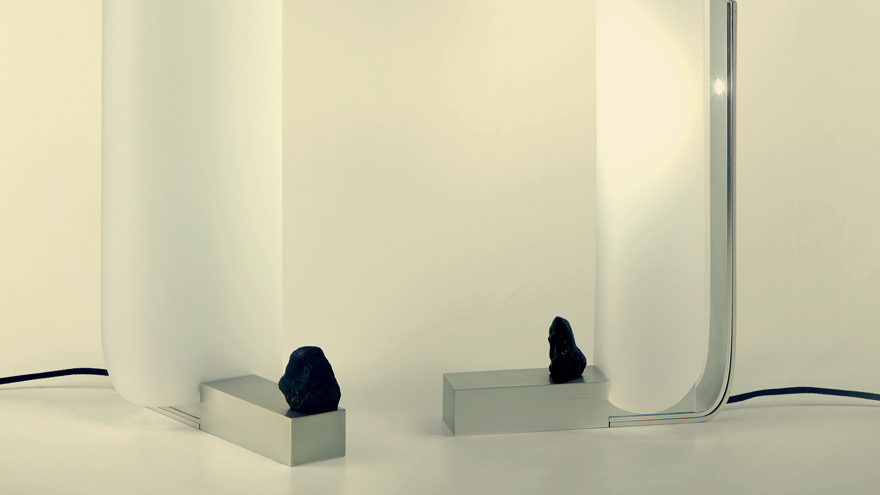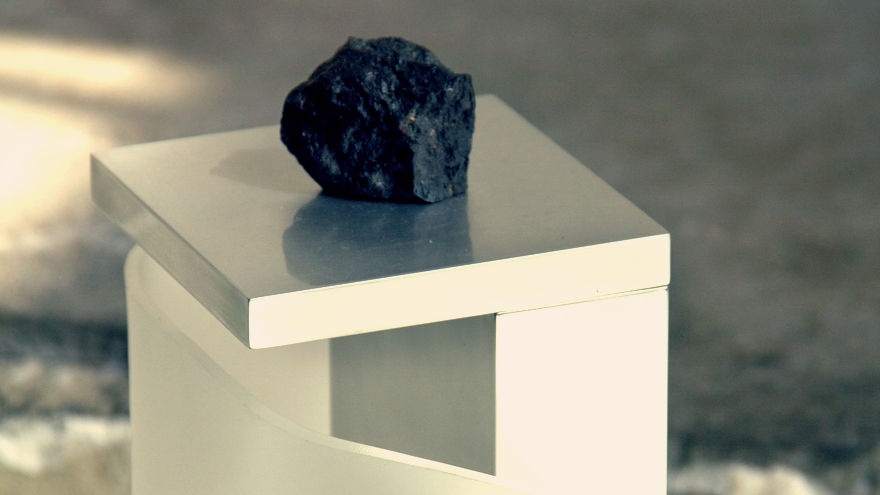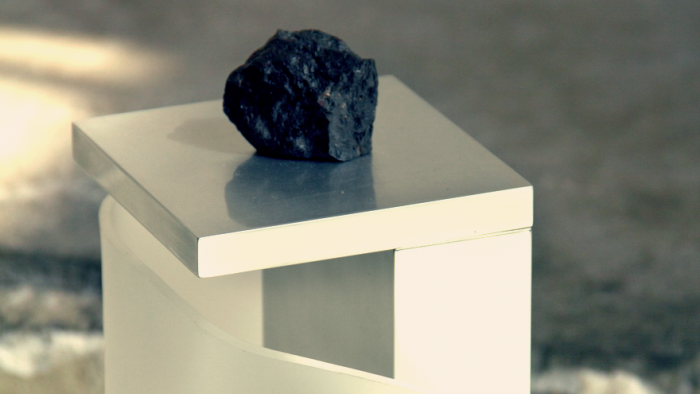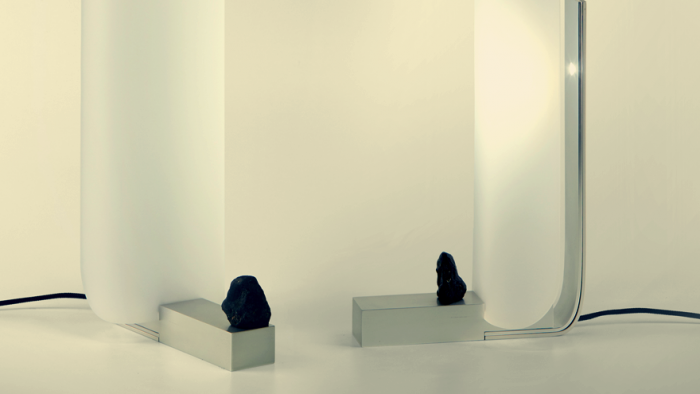Minerae is the thought-provoking design project of Design Academy Eindhoven graduate, Thomas Missé. It is a range of lamps that act as a kind of dialogue between raw minerals and refined, sculpted materials.
At first glance, it seems as though the sleek, aluminium-based lamp has nothing to do with the lump of sooty metal until you disturb it and find that the two disparate items share a remarkable relationship – they control light.
The Minerae lamps are able to sense the iron ore when it is placed on the product's base, determine the metal’s position and respond with graded luminosity. The lamps turn on and intensify according to the ore's placement. It is Missé’s attempt to bestow light with a more physical quality, giving the user the ability to ‘feel’ and control it in an intuitive way.
Though the project provides an alternative take on illumination, Minerae did not start out as a collection of lamps, as Missé explains.
“Like most of my self-initiated projects, the evolution was quite organic. It started as a blurry interest with some informal research. At first, this project was about relating refined and raw materials, trying to find a way to make them connect in the most elegant way possible while also highlighting their characteristics and common history. The design of Minerae, as it is today, started as a reaction to the interaction we have with modern products. They are often too predictable, removed of all tactility and surprise.
The roughness of the iron ore is part of the tactile experience that we are losing today. It is far from the smoothness our senses expect. The raw mineral acts as a good starting point – an unexpected material for a subtle interaction.”
On the most difficult aspect of making Minerae work, the designer describes the delicate balance of the interactive relationship between the two parts of the design itself.
“Connecting those materials, which are normally dissociated from each other in a simple, yet intriguing way, was a challenge. Most of Minerae’s early iterations were mainly analogue, relying on weight, balance, and density as a connection point.
But this gave an expected result, an easily understandable system, and removed most of the magic in the use. Finding the balance between simplicity and surprise was most of the work – quite like creating a magic trick,” he says.
Missé is currently involved with the Master of Product Design programme at ECAL (École cantonale d'art de Lausanne) in Switzerland, where he hopes to increase his scope to design things that cater to wider markets. Having spent considerable time creating speculative & specialised projects, Missé is interested in design with greater appeal, but without losing his sense of nuance.
“After spending years developing the conceptual and experimental part of products at the Design Academy, I wish to develop the refinement of products further and be able to relate a sensitive approach to a broader market,” he says.
The video below demonstrates how Thomas Missé’s Minerae lamps work.

